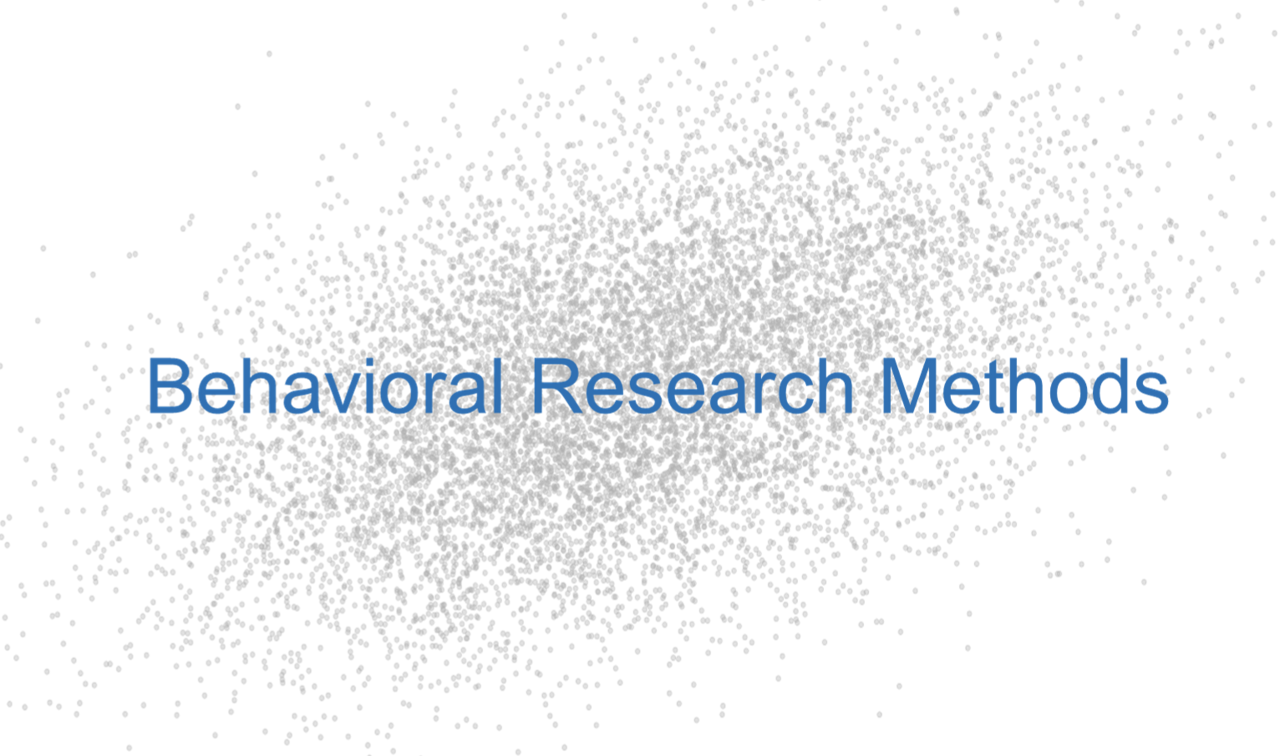Nonlinear Probability Weighting Can Reflect Attentional Biases in Sequential Sampling
Veronika Zilker & Thorsten Pachur, Psychological Review
Nonlinear probability weighting allows cumulative prospect theory (CPT) to account for key phenomena in decision making under risk (e.g., certainty effect, fourfold pattern of risk attitudes). It describes the impact of risky outcomes on preferences in terms of a rank-dependent nonlinear transformation of their objective probabilities. The attentional Drift Diffusion Model (aDDM) formalizes the finding that attentional biases toward an option can shape preferences within a sequential sampling process. Here we link these two influential frameworks. We used the aDDM to simulate choices between two options while systematically varying the strength of attentional biases to either option. The resulting choices were modeled with CPT. Changes in preference due to attentional biases in the aDDM were reflected in highly systematic signatures in the parameters of CPT’s weighting function (curvature, elevation). In a re-analysis of a large set of previously published data, we demonstrate that attentional biases are also empirically linked to patterns in probability weighting as suggested by the simulations. Our analyses also revealed a previously overlooked link between patterns in probability weighting and response times. These findings highlight that distortions in probability weighting can arise from simple option-specific attentional biases in information search, and suggest an alternative to common interpretations of weighting-function parameters in terms of probability sensitivity and optimism. They also point to novel, attention-based explanations for empirical phenomena associated with characteristic shapes of CPT’s probability-weighting function (e.g., certainty effect, description–experience gap). The results advance the integration of two prominent computational frameworks for decision making. (PsycInfo Database Record (c) 2021 APA, all rights reserved)
Full Article Publisher Version | Preprint
